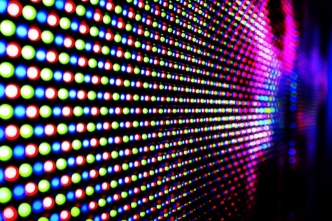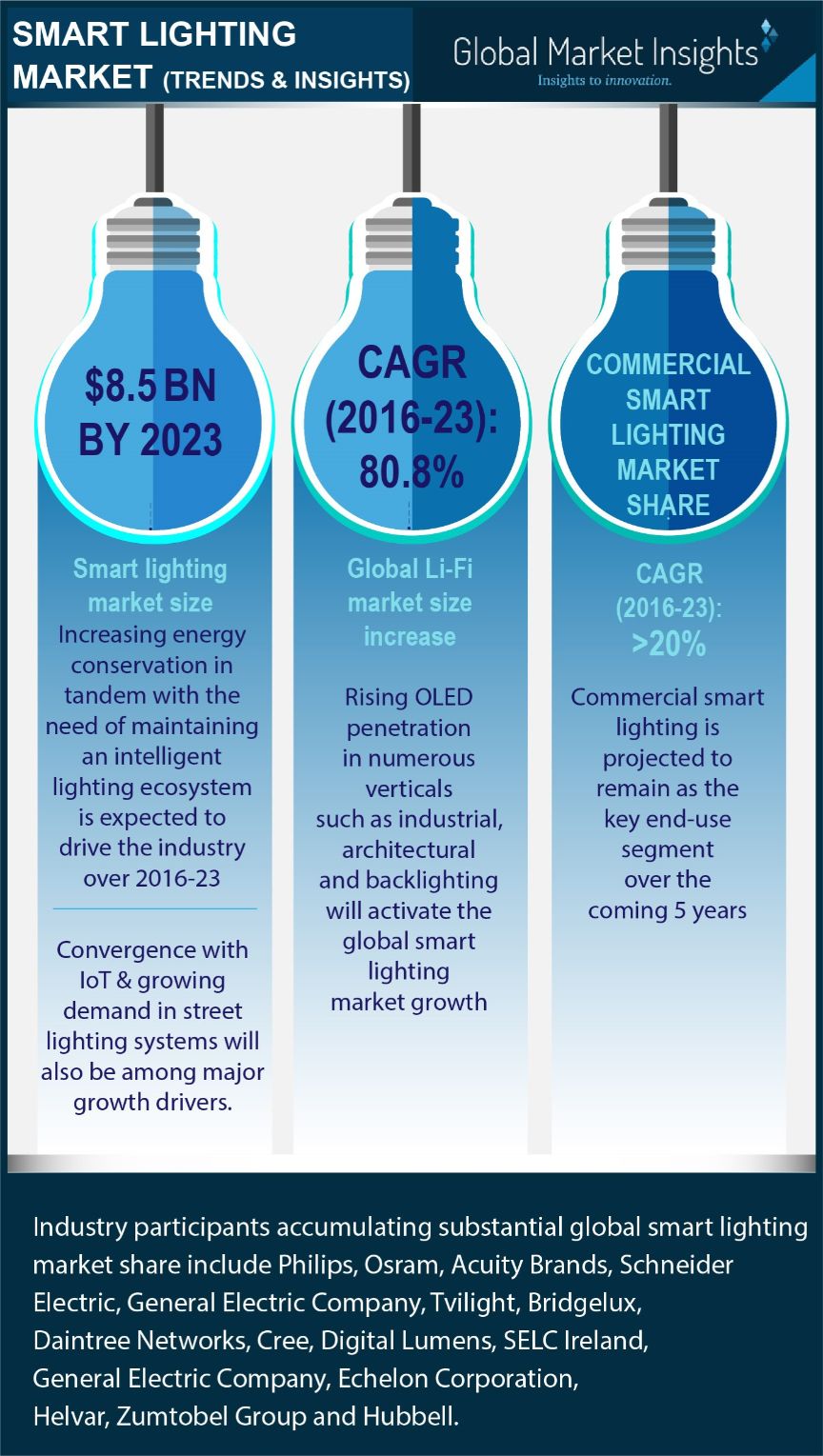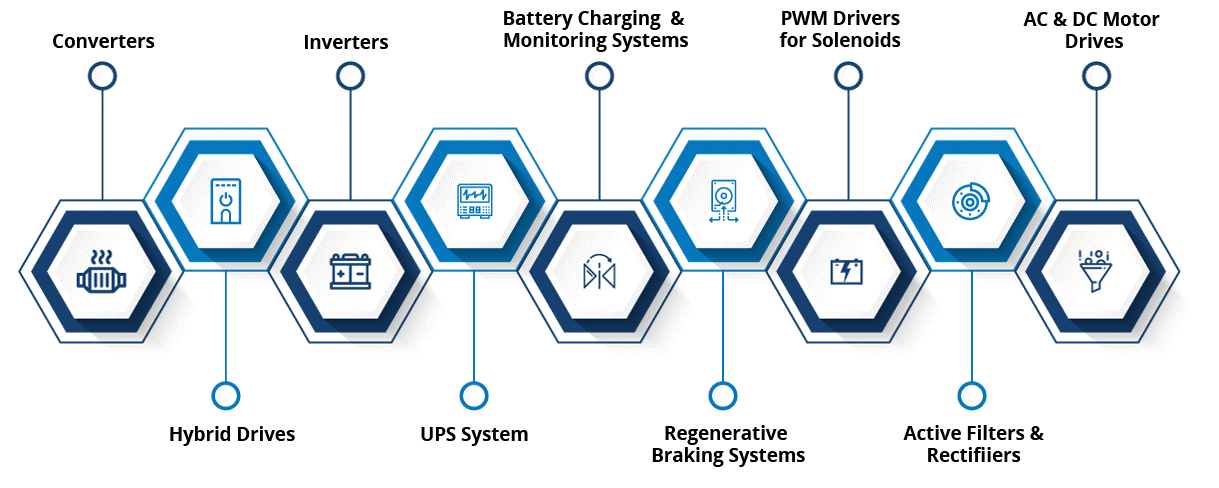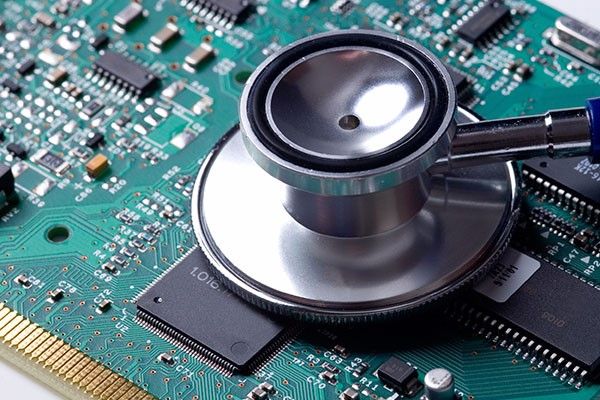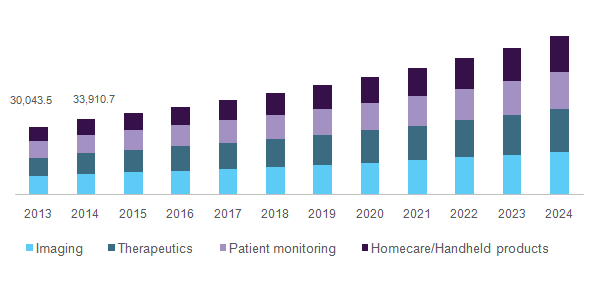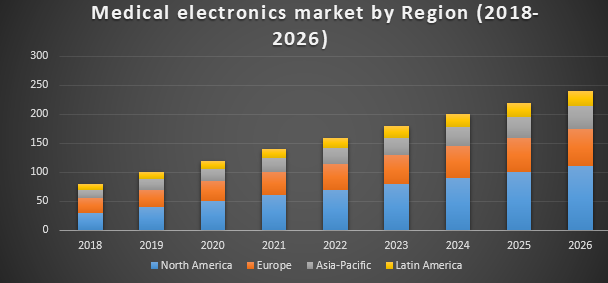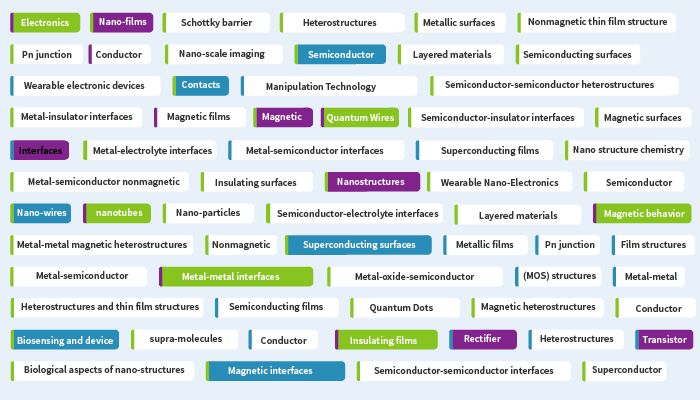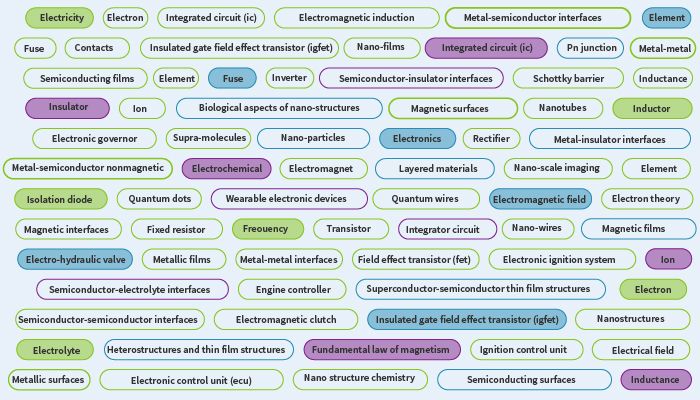
Driven by the rising digitalization, the electrical and electronics manufacturing market has witnessed several innovations such as smartphones, smartwatches, smart TVs, smart refrigerators, security systems, and electric vehicles.
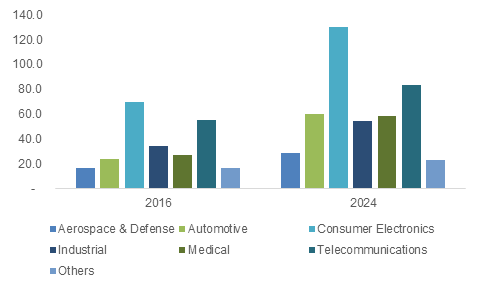
Currently, the electronics industry is integrating with several emerging technologies such as Virtual Reality, Robotics and Automation, and the Internet of Things.
With the advent of the Internet of Things, the whole Consumer Electronics industry is shifting towards connected devices.
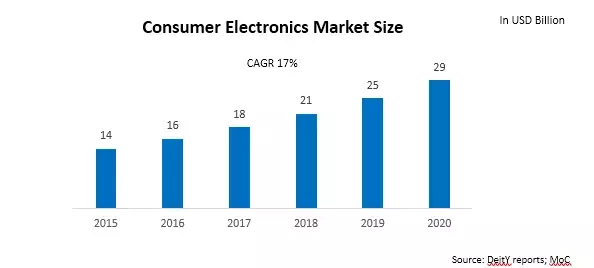
Moreover competition and convergence, as well as rising application of electronics systems, sensors and semiconductors and ASIC (Application Specific Integrated Circuits) is expected to introduce further innovations in the industry.

The electrical and electronics manufacturing market covers products that generate, distribute and use electrical power, computers, computer peripherals, communications equipment, and similar electronic products.
This category includes all the established, emerging and niche markets such as air conditioners, transformers, solar panels and cells, batteries, cables, semiconductors, circuit boards, passive components, television receivers, speakers, camera and other electrical instruments.
The electronic engineering industry comprises the design and manufacture of electronic systems, electrical devices and components including semiconductor devices, resistors, capacitors, transformers, inductors, switches, controls, sensors and actuators, used in a variety of fields, including, automotive and heavy machinery manufacturing, rolling stock, ships and aircraft, medical device manufacturing, as well as the manufacture of machine tools, electricity demand management, lighting, batteries, telecommunications and consumer electronics products, including tablets, smartphones and television sets.
The key markets for electrical and electronic engineering products include China, the United States, Japan, South Korea and Germany, with leading players such as Hon Hai Precision Industry (Foxconn), Mitsubishi, Siemens, ABB Group, Schneider Electric and Emerson Electric.
The Electronics systems and components industry is witnessing a major trend of outsourcing these days. Original Equipment Manufacturers (OEMs) are increasingly moving product design and development processes to Electronic Manufacturing Service (EMS) partners.
Test & Measurement: The demand for electronics products and technological advancements in communication and networking, are projected to be the driving force behind the test and measurement industry in the forthcoming years.





